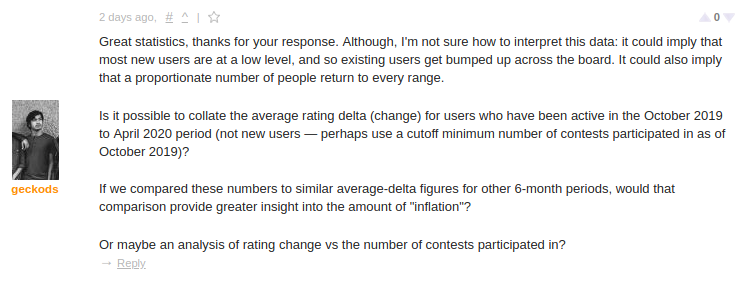Part 1: [Tutorial] My way of understanding Dinitz's ("Dinic's") algorithm
Part 2: [Tutorial] Minimum cost (maximum) flow
Part 3: [Tutorial] More about minimum cost flows: potentials and Dinitz
Introduction
My philosophy on writing blogs is that I only write blogs when I feel that I have something new and interesting to contribute. This is usually not the algorithm itself, of course, but it can be that I recently found or heard of a new perspective or I figured out a way to explain something in a new way. This is in contrast to my dear colleagues at GeeksForGeeks who write the most low-effort (and often wrong) tutorial on everything and then sit at the top of Google results using their somehow world-class SEO.
This is one such case. I have an idea how to explain Dinitz's algorithm in a way I haven't heard of before (but it is not very hard to come up with, so this is not a claim to originality). In addition, this blog is a multi-parter, and in my next blog it is very convenient to start from the notions I establish here today.
The approach I am going to take is explaining the idea from a perspective of "the space of all possible changes". At any given step of the algorithm, we have a flow. We can choose a way to change the flow from this "space" and apply the change. If we detect there is no possible increasing change to the flow, the algorithm is terminated. The space of changes is such that any valid flow can be reached from any valid flow by applying just one change. This idea is almost geometrical and can in fact be thought of as wandering around within a convex shape in high-dimensional space.
I believe that this viewpoint gives a broader and more natural understanding of the algorithm and the "big picture" compared to more narrow explanations that look like "well we have flow and sometimes we add reverse edges and mumble mumble blocking flow". In addition this grounding allows us to see Dinitz as a direct improvement on Edmonds-Karp instead of them being merely vaguely reminiscent of one another.














